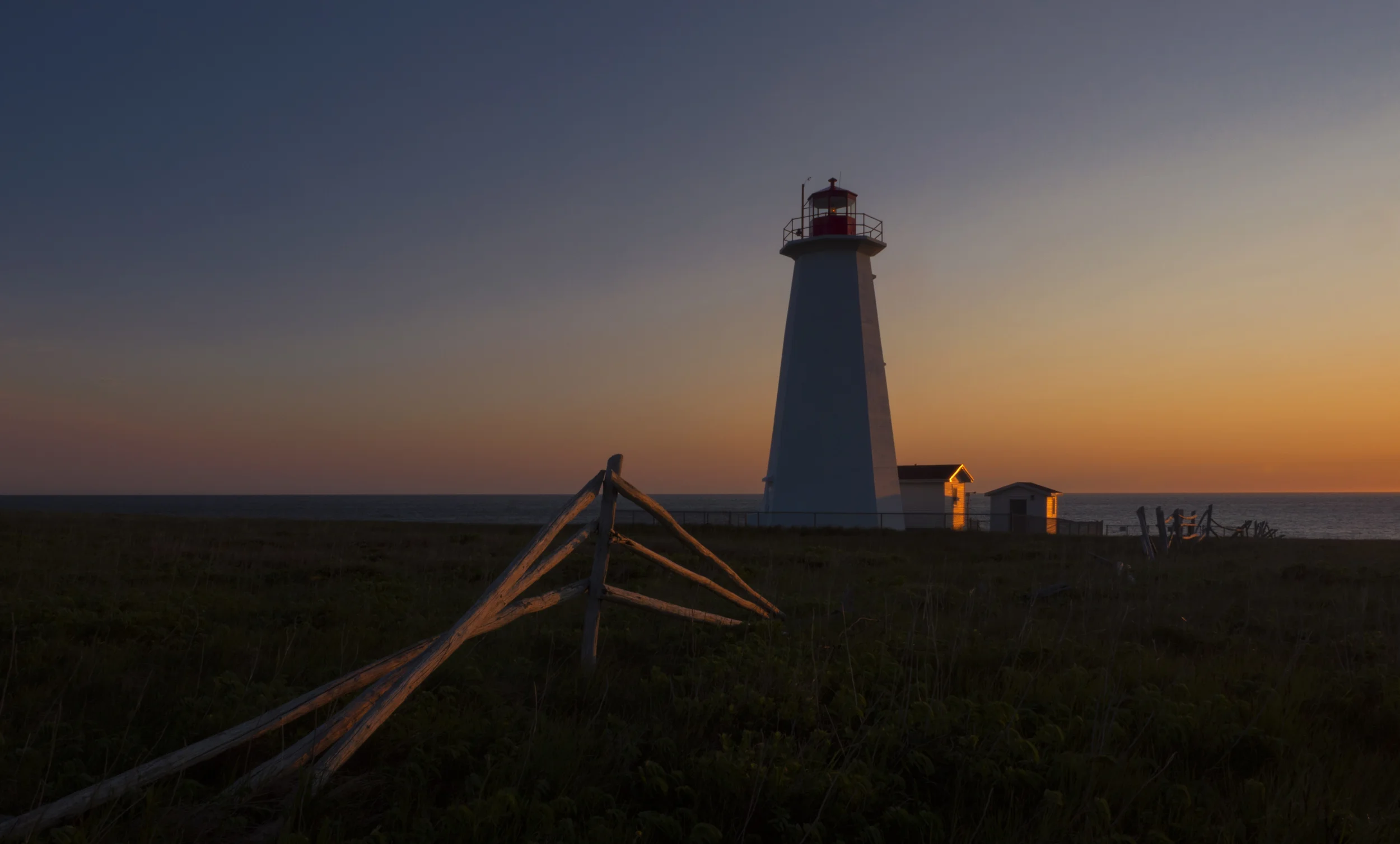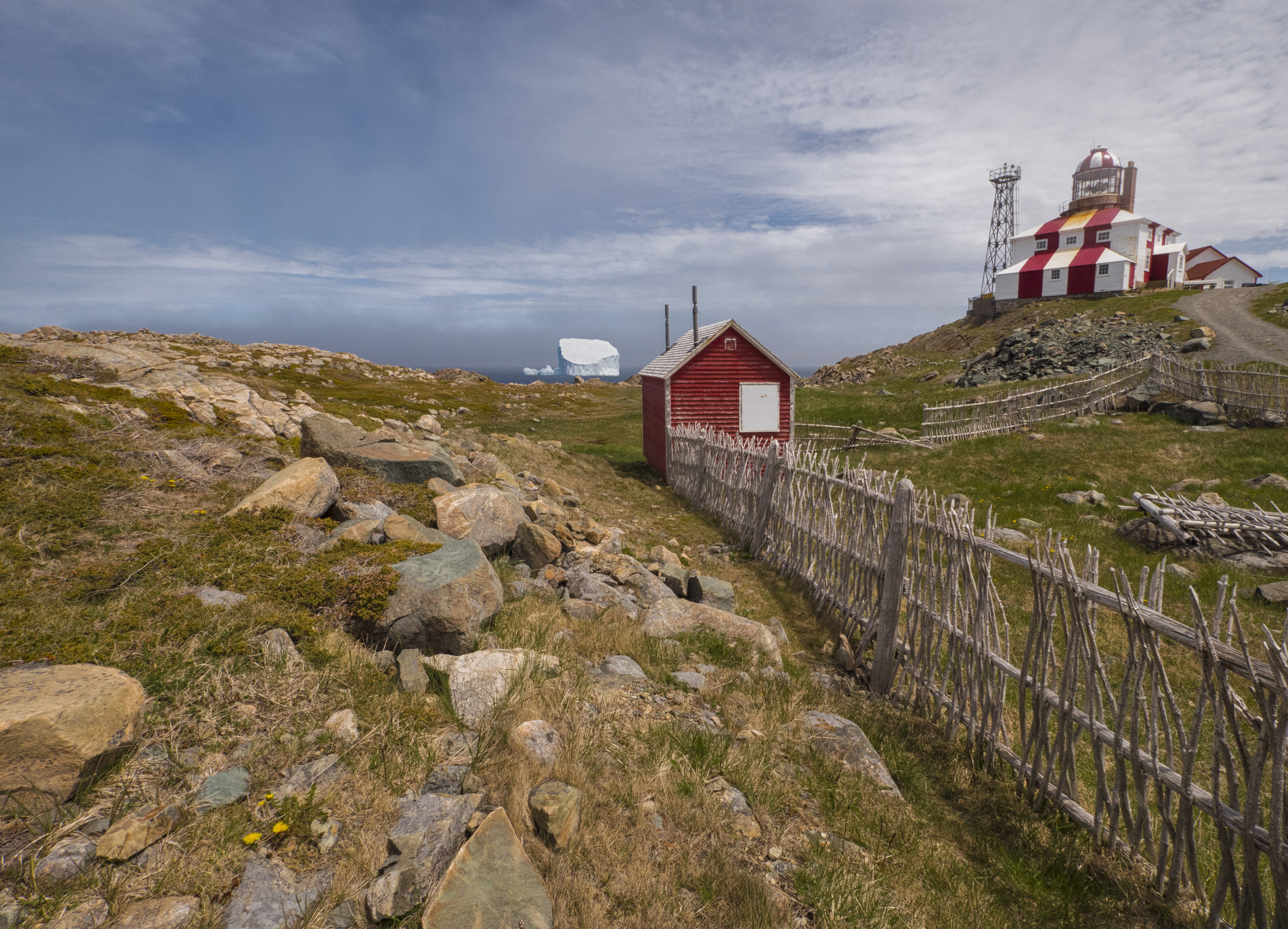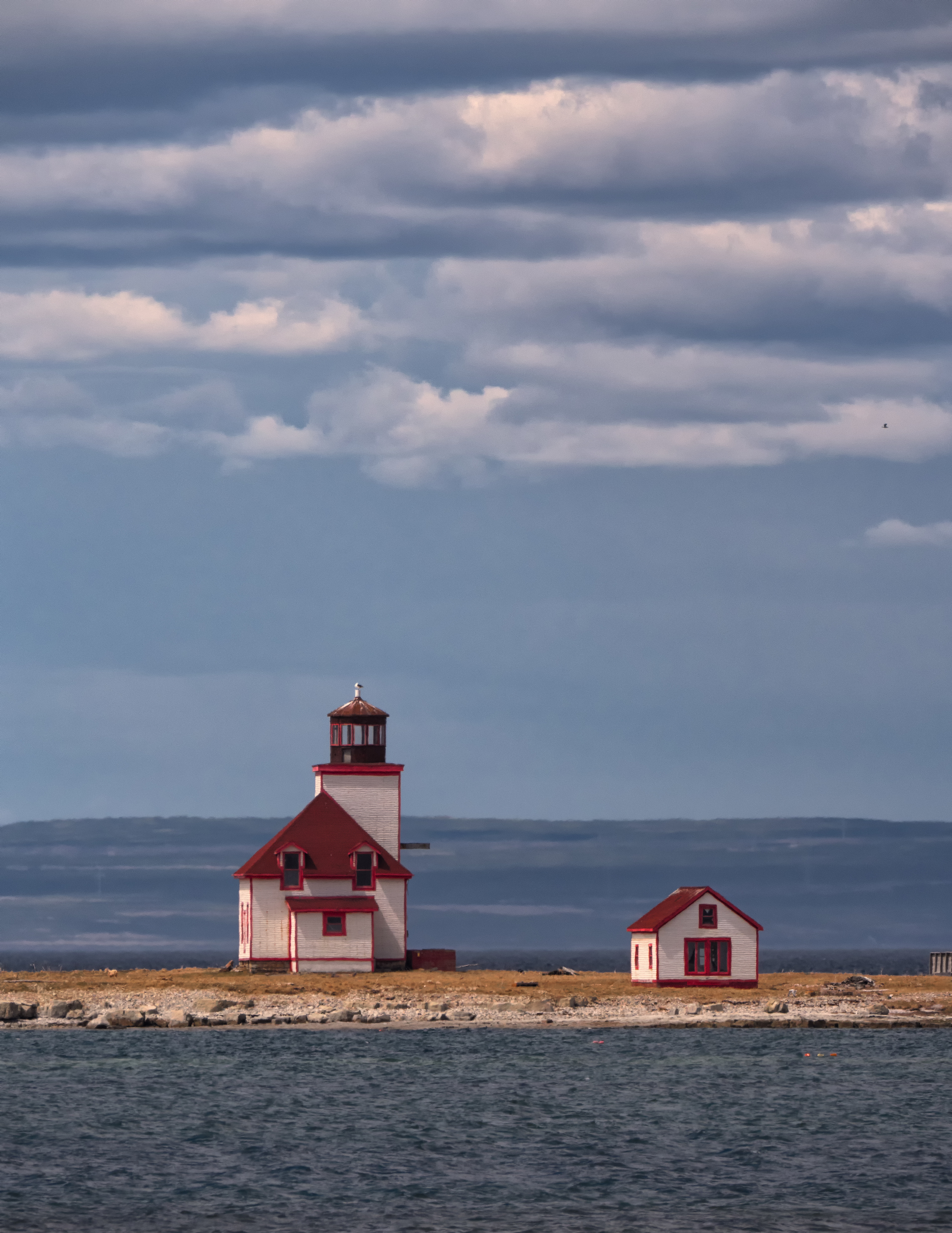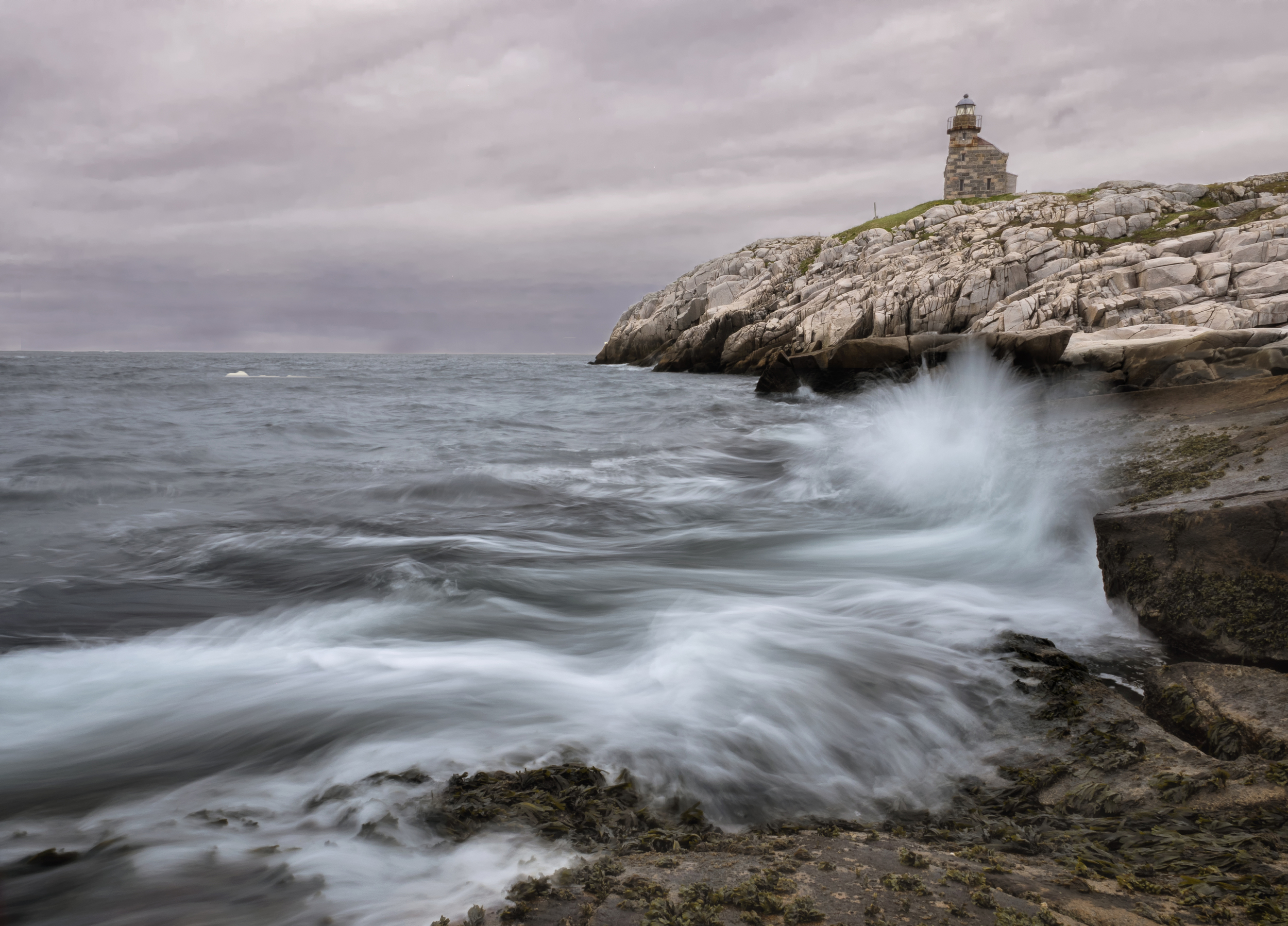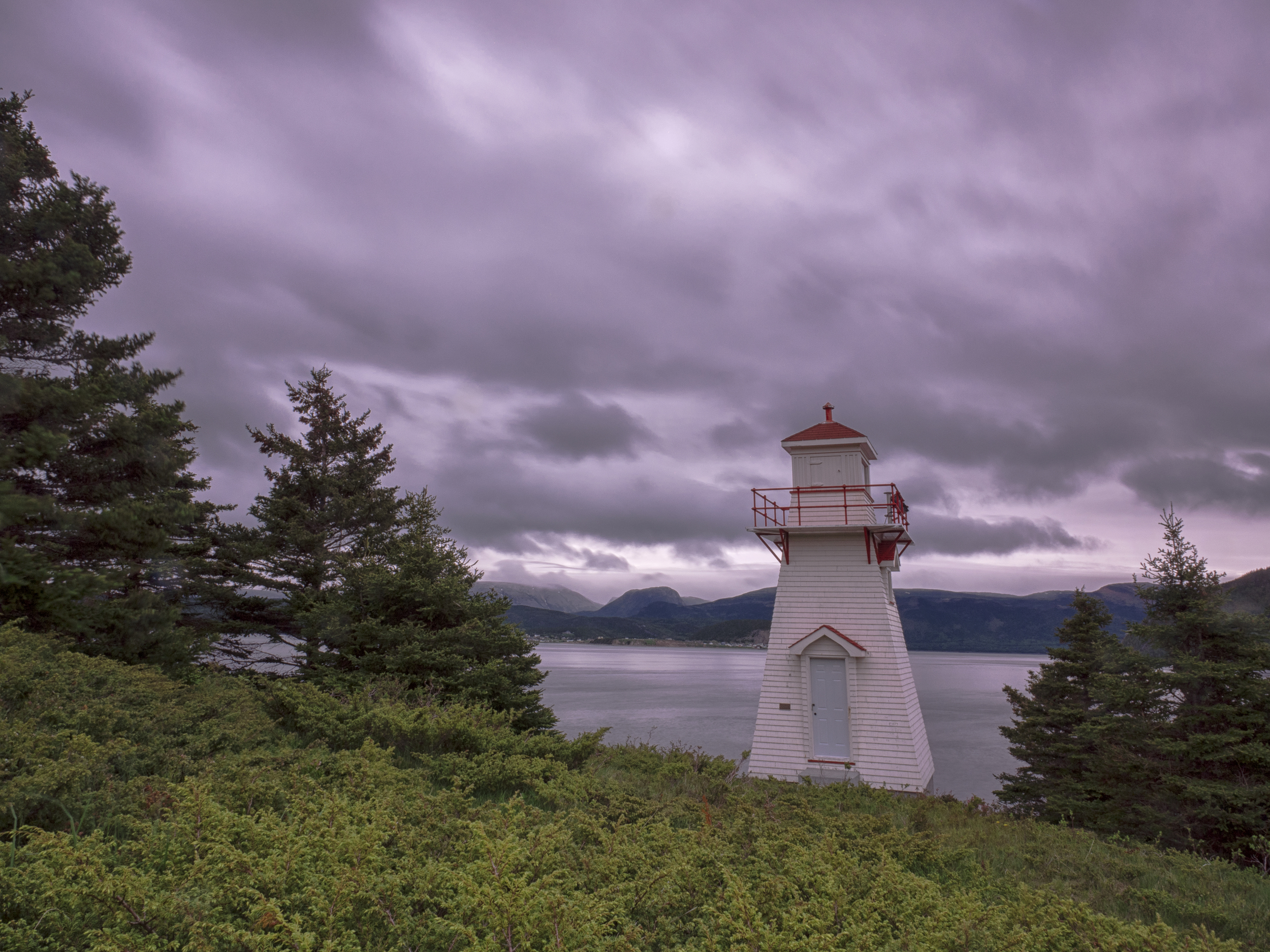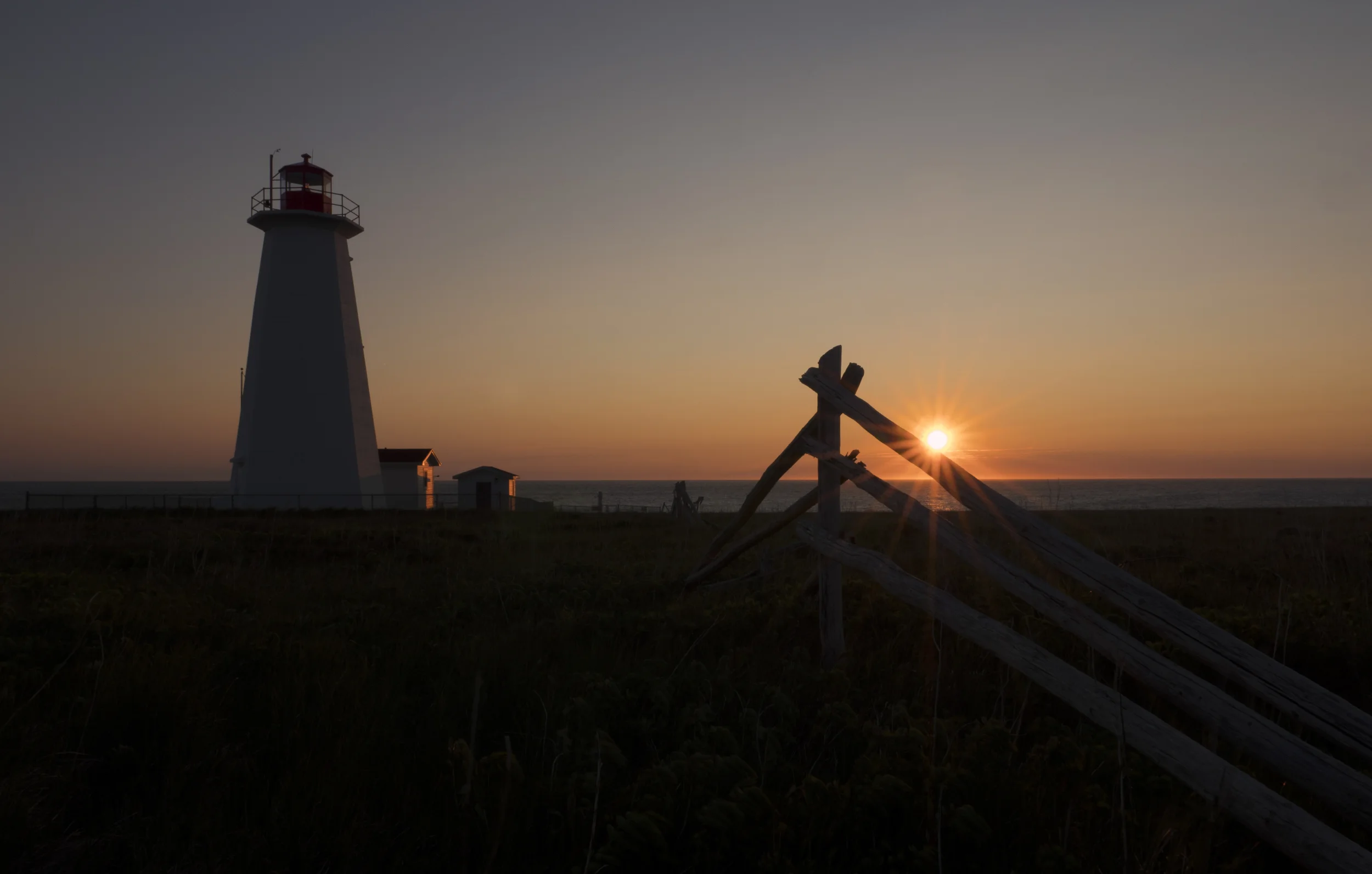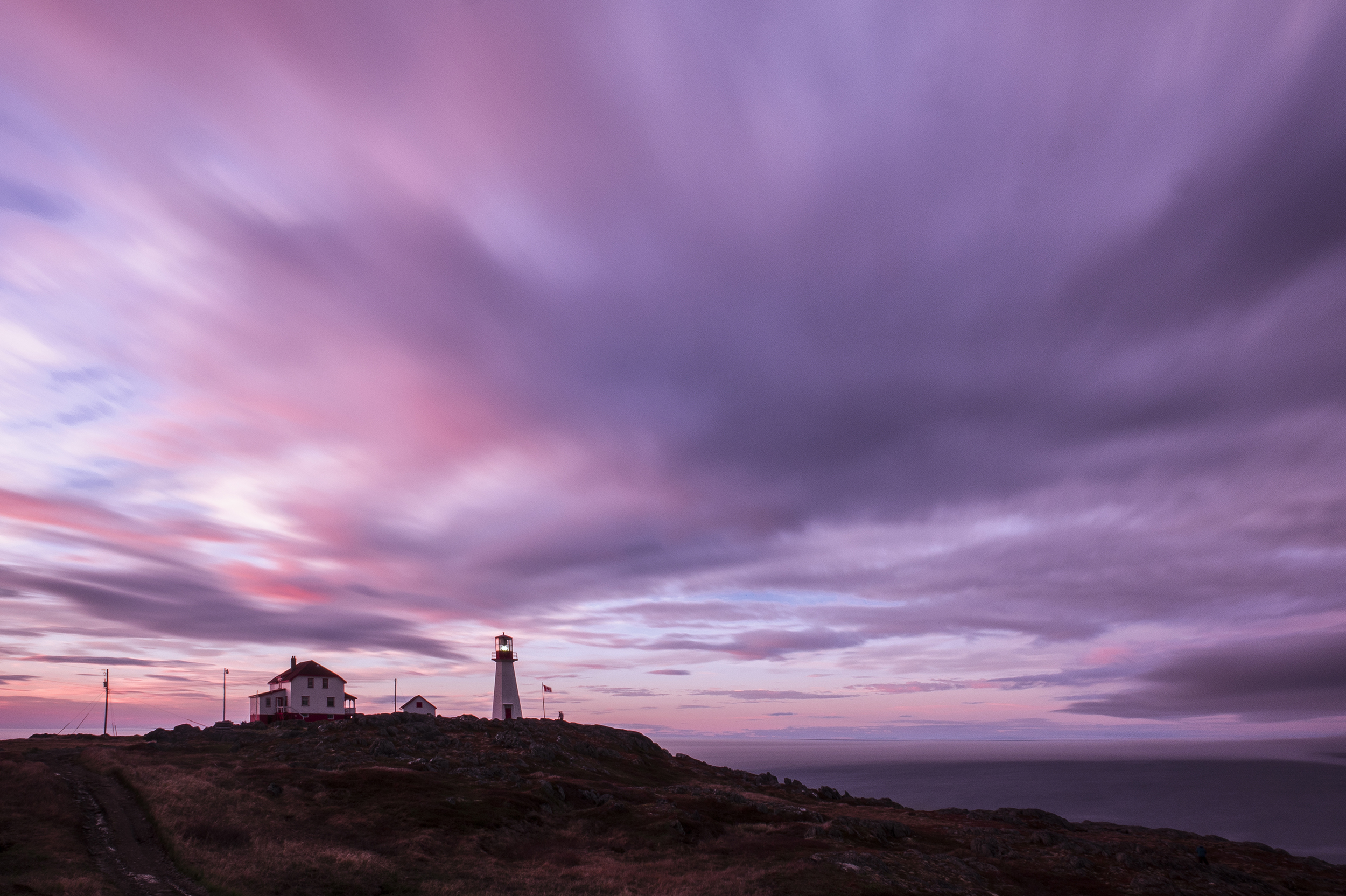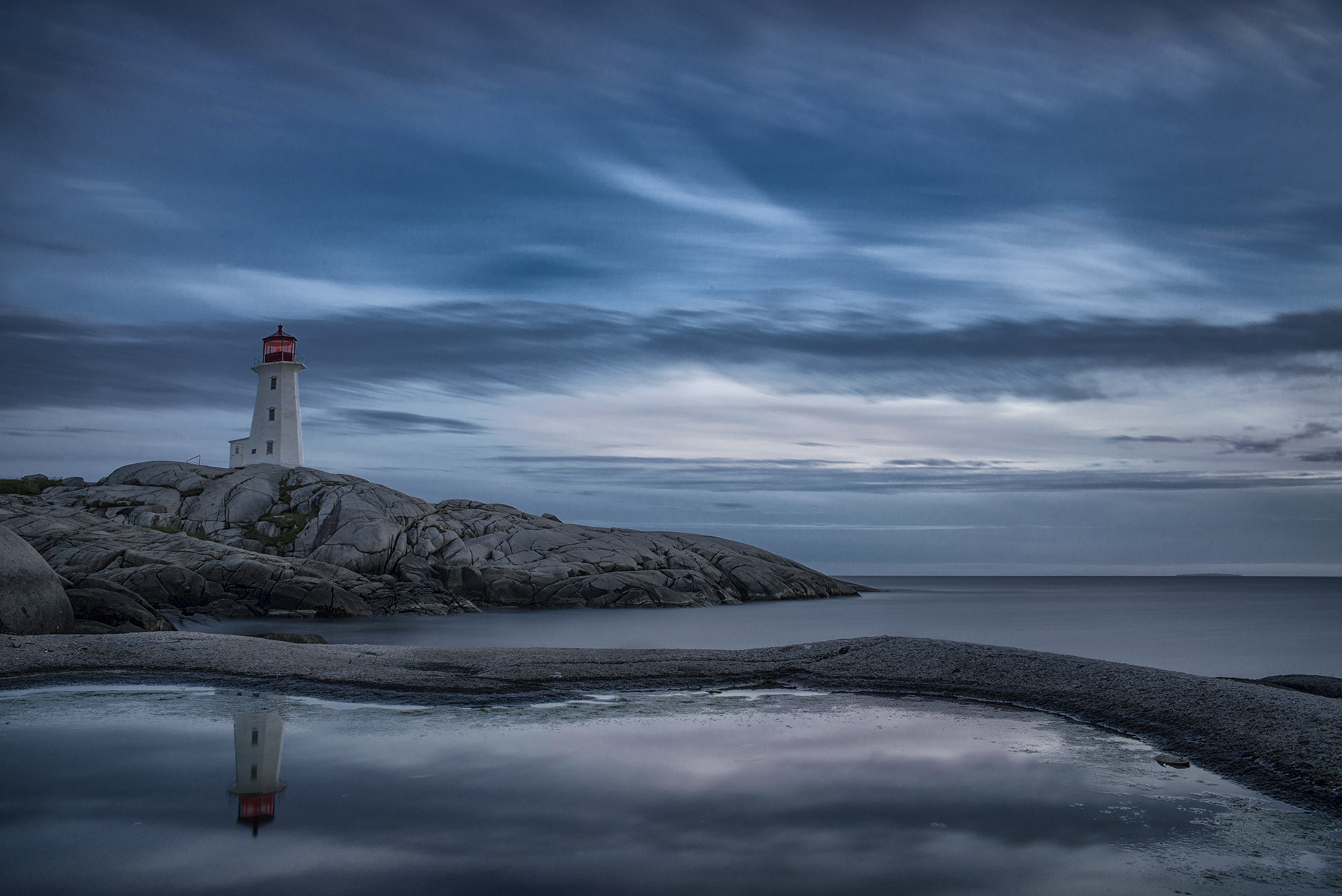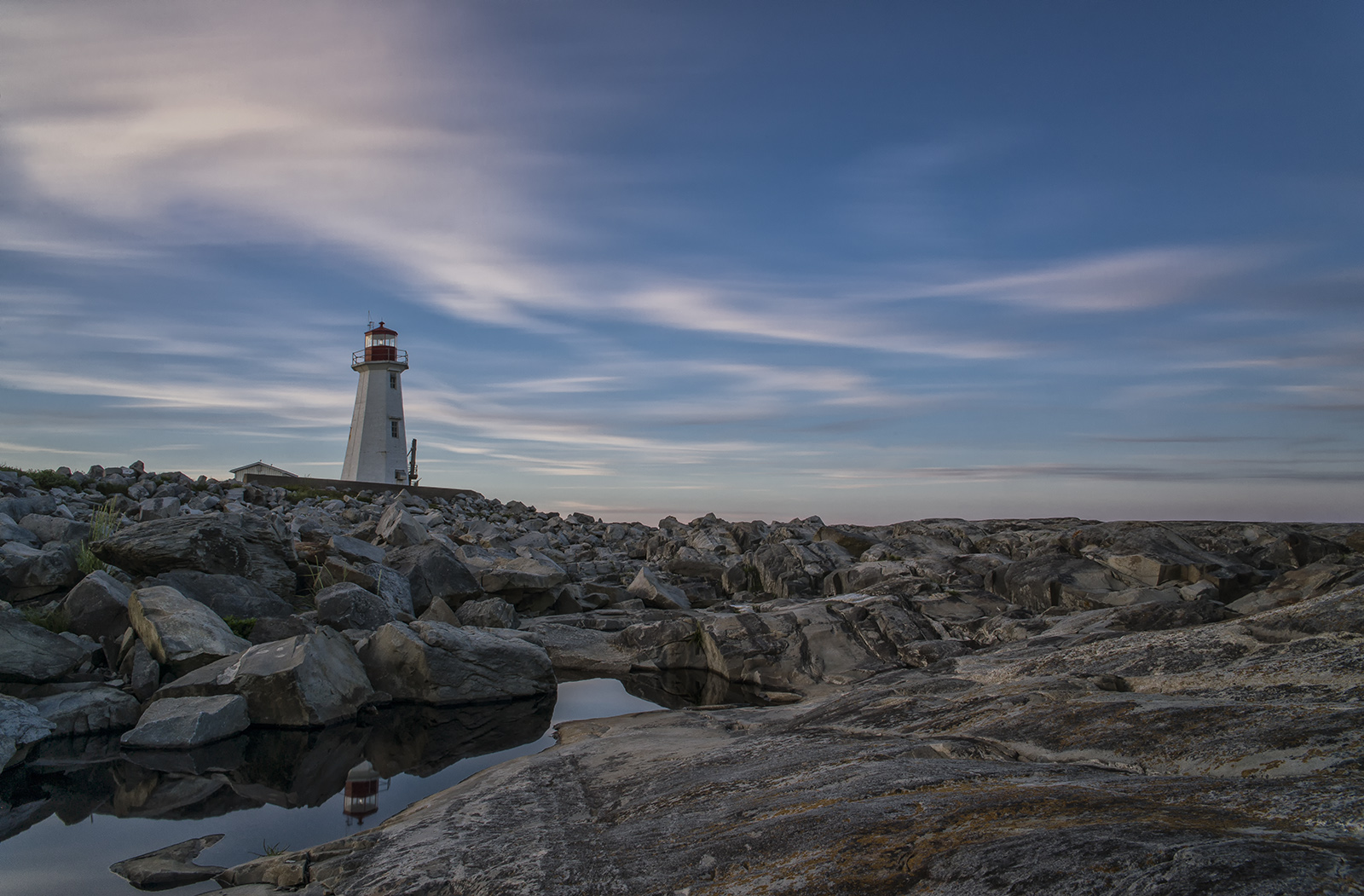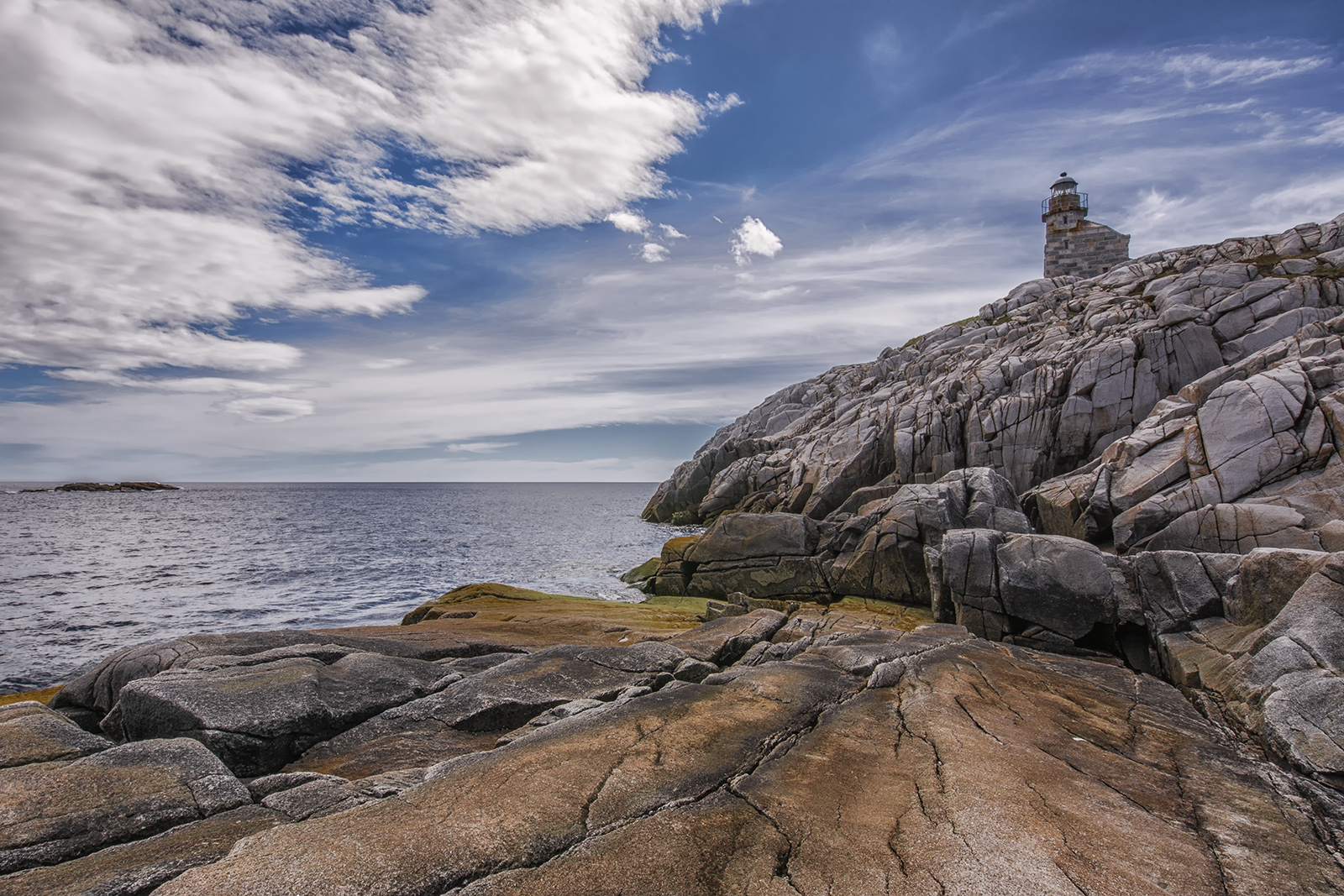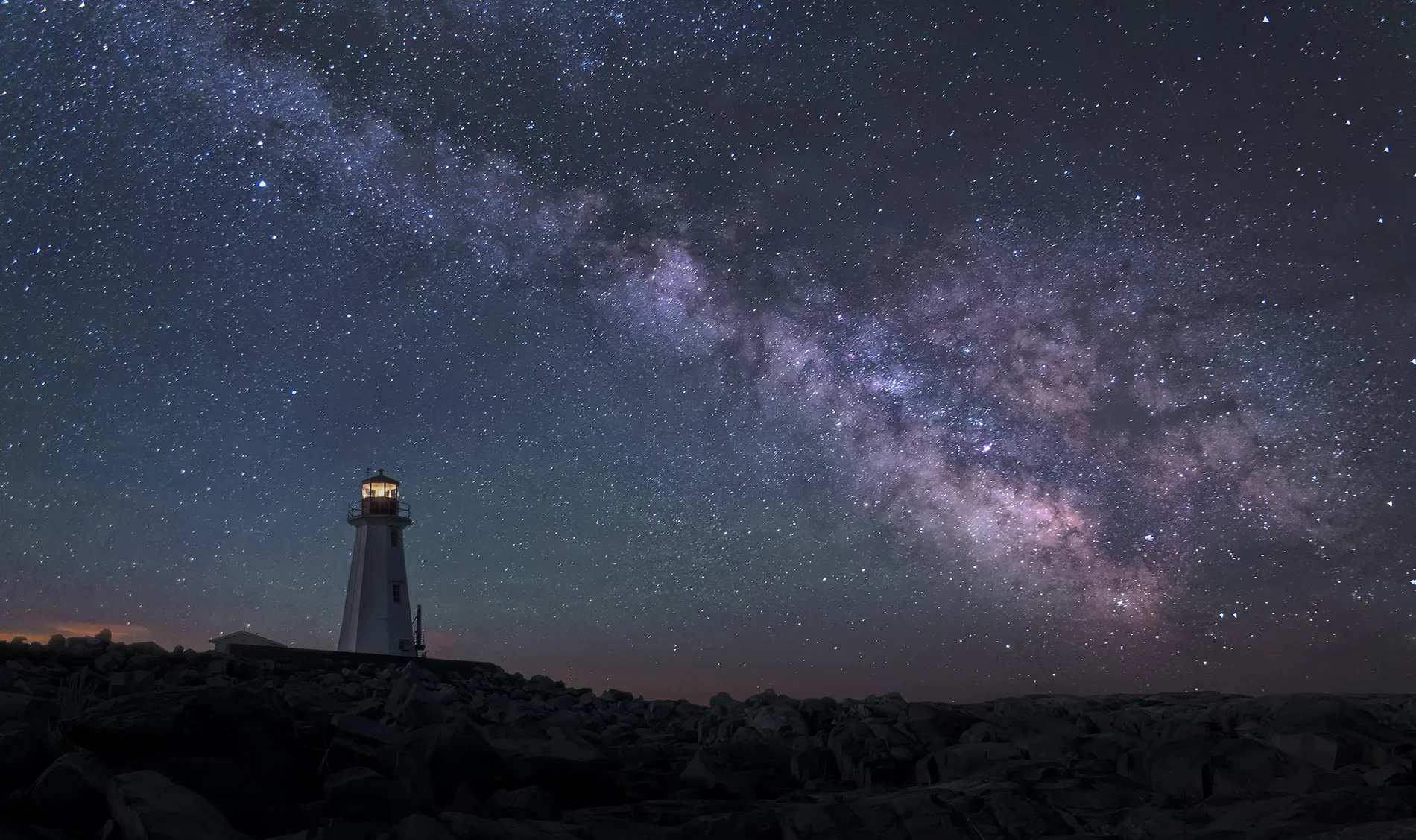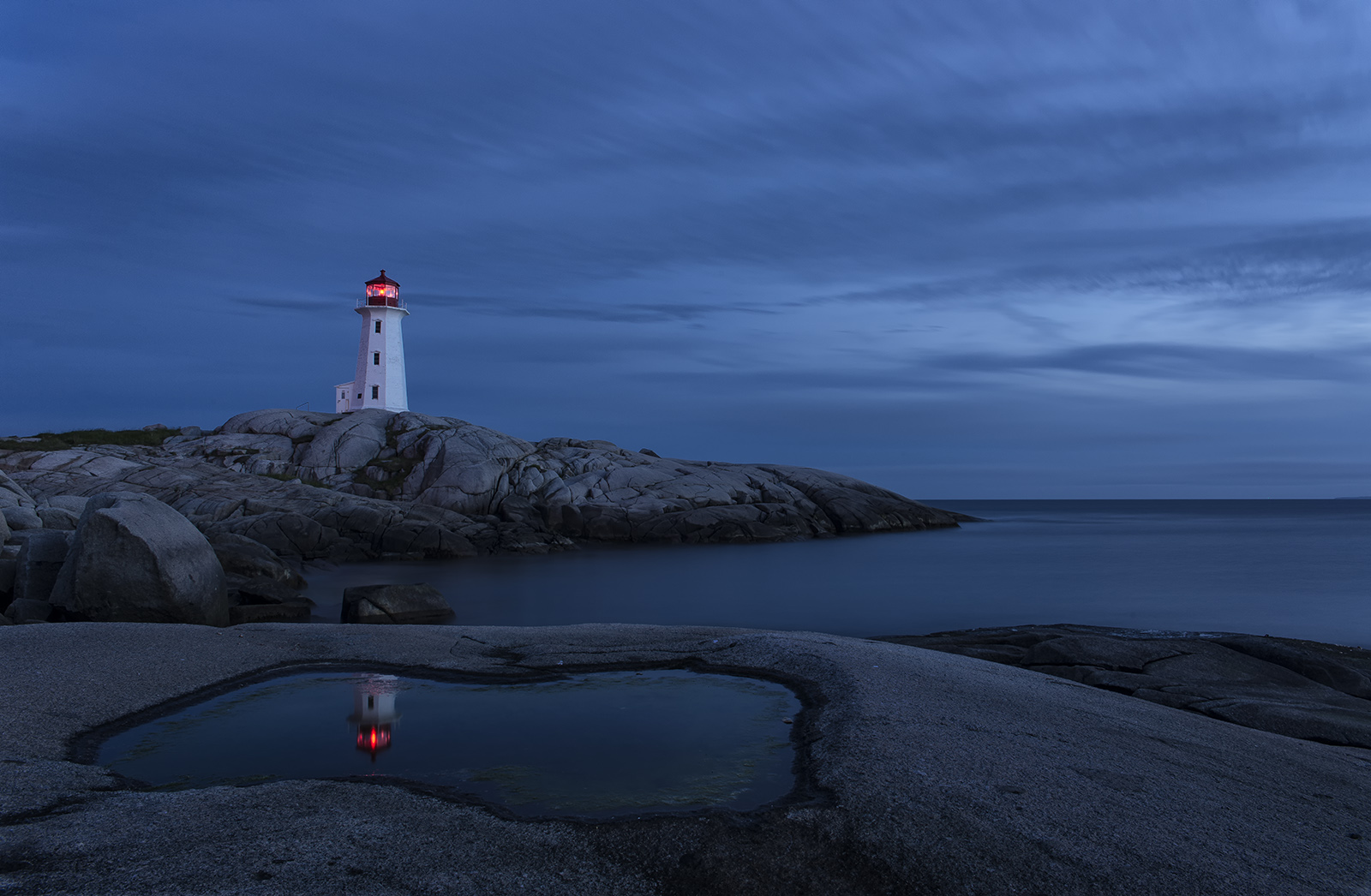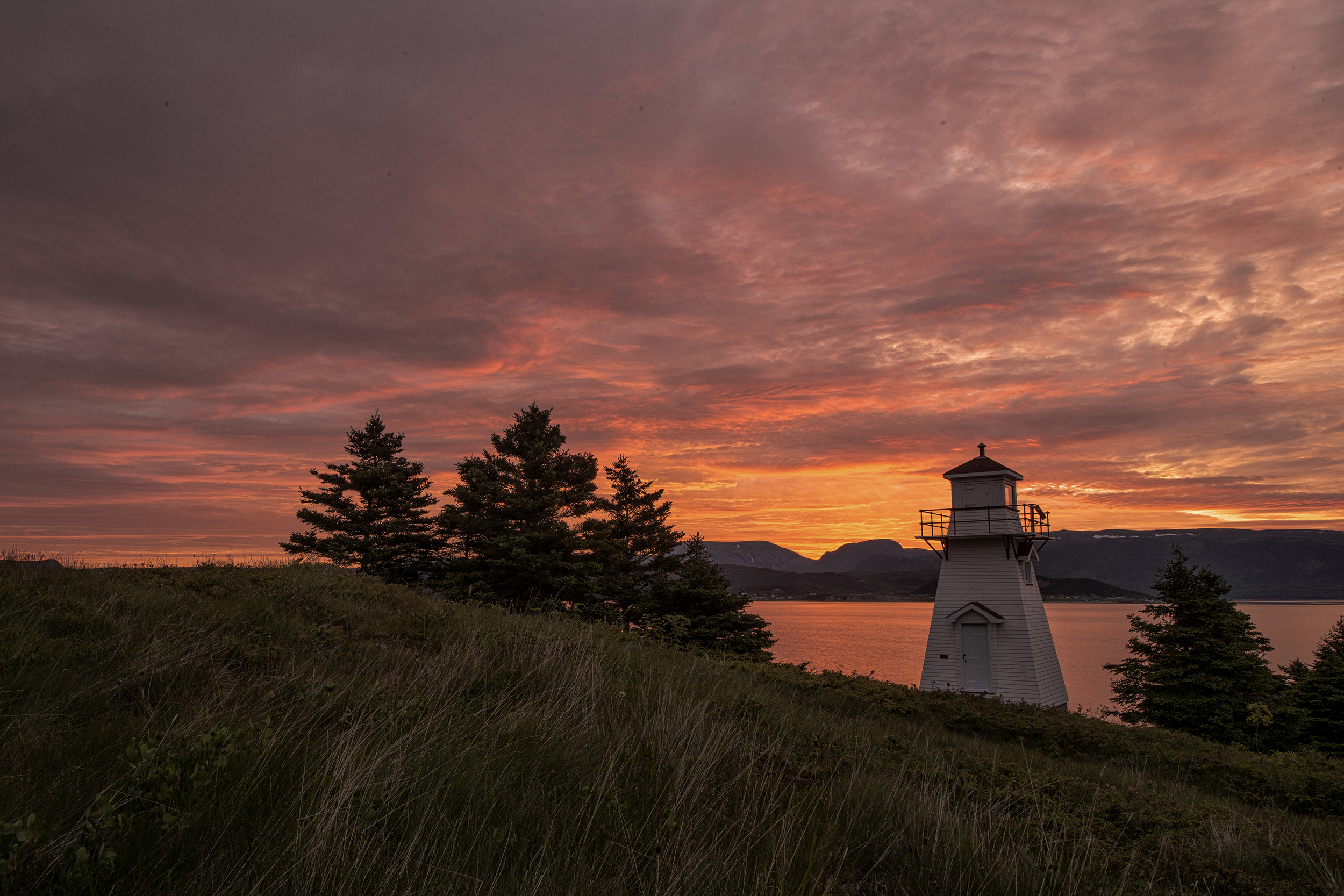How to Photograph Lighthouses
For me, there are few structures that have the same photographic appeal than a lighthouse. They are historical structures and symbols of human ingenuity and perseverance in the face of the unforgiving oceans… and now, as technology has proven them obsolete, many are going to be lost forever.
But to take a photograph that tells a story versus a snapshot, a few factors need to be addressed, in my humble opinion. (1) the lighthouse needs to be predominant and segmented in the scene and (2) you need to portray the dramatic or tranquil scene that you are witnessing in the moment.
In this blog entry today I will endeavor to help you create a better lighthouse image.
Let’s first discuss composition…
As with any subject, you have a variety of options when composing. For a lighthouse photo, you have a tall, vertical structure placed in an environment with jagged rocks, uneven landscapes and a flat horizontal space with negative space over a body of water.
Your choices are close up photos of the structure itself…. Or placing the structure in the environment in which it exists and let the landscape and seascape tell the story. After all, why is the lighthouse where it is? It’s a warning beacon for ships to be aware of danger, or for navigation at night… so my thought is to always incorporate the sea into the image and show the environment.
Access and safety
Lighthouses are built all around the coast and access ranges from easy to very challenging (offshore rock stations which are accessible only by boat or from the air).
Any lighthouse can make a compelling photograph, but the more remote ones tend to be more dramatic and more interesting to photograph… and hey, let’s face it. The more remote, the less tourists.
Some lighthouses are now privately owned, or protected by the government. SO, photographing some will require permission.
I also want to mention safety. We rocks on oceans can get covered in moss and can get slippery. Please watch your step and be cautious. I have taken a spill or two in my day.
Tides also can creep up on you if you are not paying attention. A tide, depending on where the lighthouse is can creep up on you and you will not only get a good soaking, but could trap you as you stand on the coastal rocks around the lighthouse.
Equipment
Lens choice will have an impact on the composition. I find my favorite lighthouse images are made with my wide-angle lens – roughly 16mm 24mm on full frame digital. However, if you are unable to get physically close to the lighthouse but you still want it to appear larger in the frame, then a short telephoto lens can be useful. My go to lens is the Sigma 24-105mm f/4.0
A good sturdy tripod is very helpful. I use the Manfrotto 057C4 Tripod with the 057 Magnesium Ball Head with Q5 Quick Release. I also bring a remote trigger so you don't have to touch the camera and camera shake is eliminated for long exposures.
I also bring along my LEE square filters. From a polarizing filter to a full Lee Big Stopper, I will have a full complement of solid and gradient filters to create the best possible photo in camera.
Let’s also not forget protective equipment your you and your camera. For my camera I have a Manfrotto E702PL Rain Cover – MPL-E-702 and I always bring rain gear to protect myself from getting wet.
Remember, more times than not, you are going to be near salt water or brackish water. Salt can do extreme damage to electronics so it’s best to cover the camera to protect it from spray.
Time of Day and Exposure
Undoubtedly the best time for lighthouse photography is the half-light around dusk and dawn. At these times, the light plays a huge factor in creating the best images with the most impact. I would rather photograph during the golden hour and blue hour than any other time. Shadows and light will go a long way in creating more impactful images.
Location Suggestions
There are plenty of accessible lighthouses around the world… but being from Canada I am partial to the century old lighthouses that dot the shoreline of Eastern Canada. From the far northern tip of Newfoundland on Quirpon Island to the southern stretches of the Digby Neck in Nova Scotia, I have photographed many lighthouses. (many of which are in the gallery that accompanies this blog entry.

